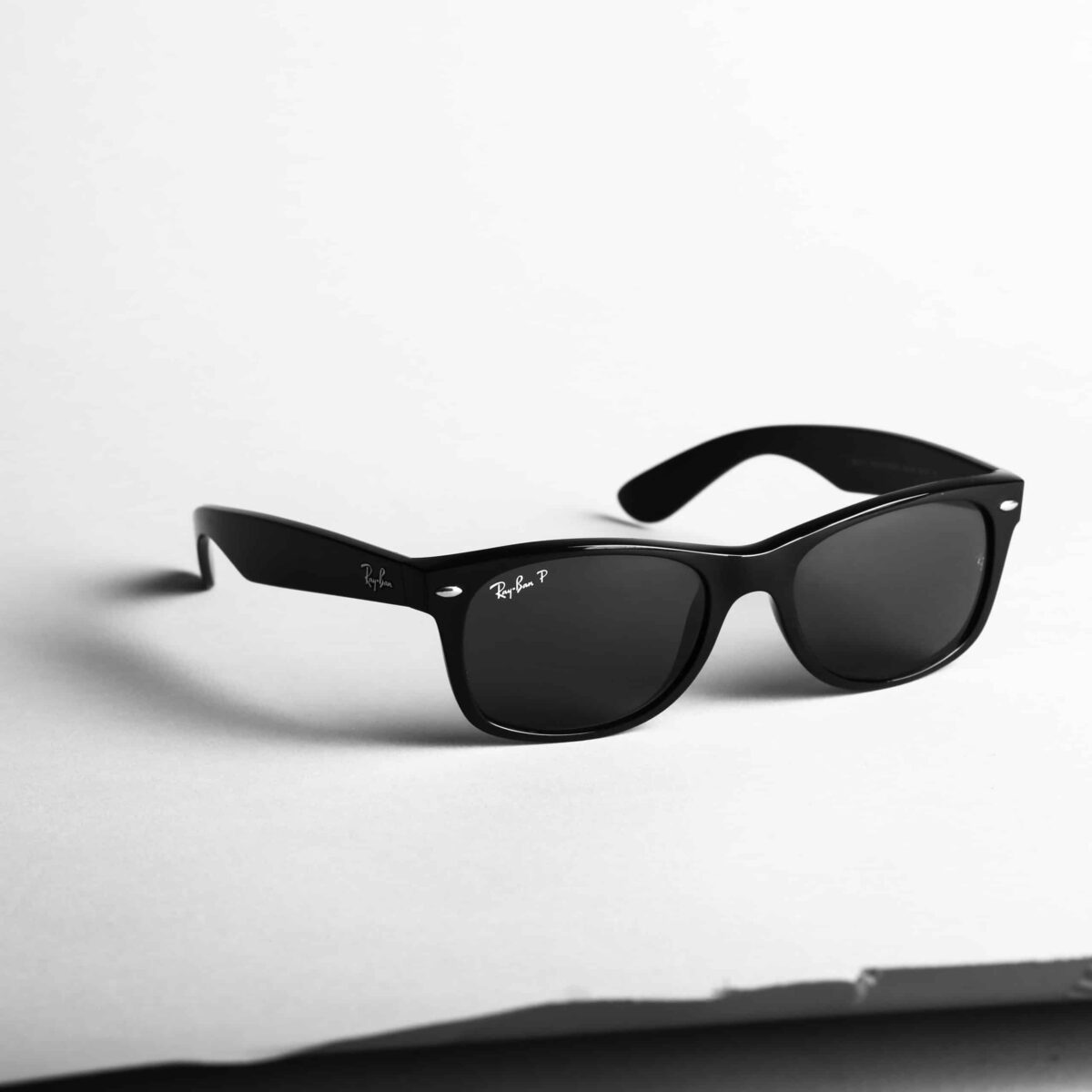If you’ve ever owned a pair of polarized sunglasses, you’ll know they can work wonders for reducing glare from the sun.
For golfers, this can be very beneficial.
However, there’s an ongoing debate about whether or not polarized sunglasses can affect depth perception on the golf course, and thereby negatively impact your game.
This has led many to ask the question – should golfers wear polarized sunglasses?
As golf enthusiasts, the W2G team enjoys researching and learning about how seemingly small equipment changes can significantly affect on-course performance.
So we did some digging, and here’s what we found out:
For tee shots and approach shots into greens, polarized sunglasses are no worse than any other type of golf sunglasses. In fact, they display superior glare reduction which can help you see your golf ball better through the air.
However, because polarized sunglasses eliminate the glare reflecting off the grass, they can make it difficult to read the grain of the greens. This means that instead of seeing light or dark patches of grass, you’ll likely only see one solid color.
Unfortunately, this may cause some golfers to misjudge the speed of some putts.
What are Polarized Sunglasses and How Do They Work?
During the manufacturing process, polarized lenses are coated with a special chemical that only allows vertical light to pass through the lens while blocking out horizontal light waves.
This is extremely helpful for reducing glare off of horizontal surfaces.
Have you ever walked up to the tee box to hit your drive, only to be nearly blinded by the glare reflecting off your clubhead?
This is due to light waves from the sun bouncing off the top of your club (a horizontal surface) and being re-directed towards your eyes.
Polarized sunglasses will prevent this from happening and provide clear or HD-like vision, free from glare.
Many golfers enjoy this because it helps them see their golf ball clearly throughout its entire flight.
The Argument Against Polarized Sunglasses for Golfers
Some golfers claim that polarized sunglasses have the ability to negatively affect depth perception, making it difficult to judge the distance you need to hit each shot.
However, this is a common misconception.
In order to understand why this isn’t true, first we need to look at what depth perception really is.
According to the American Academy of Opthalmology (AAO):
“Depth perception is the ability to see things in three dimensions (including length, width and depth), and to judge how far away an object is.
For accurate depth perception, you generally need to have binocular (two-eyed) vision.
In a process called convergence, our two eyes see an object from slightly different angles and our brain compares and processes the two sets of information to form a single image.”
To sum up, unless you have polarized sunglasses with two different lenses that affect the angle between an object and each eye, they will not affect your depth perception.
Do Polarized Sunglasses Make it Harder to Read Greens?
Another common concern golfers have about polarized lenses is that they’ll affect their ability to read the greens.
Unlike the misconception that polarized lenses impair depth perception, this claim actually holds some merit. Here’s why:
You’ve probably noticed on fairways and greens that the grass usually has both light and dark patches.
Things like the direction the grass is cut or the position of the sun in the sky can cause blades of grass to lean to one side or the other.
When the grass is leaning a certain way, the sunlight will reflect off it at a different angle.
This creates the illusion that the grass is a combination of two different colors.
Grass leaning towards you (into the grain) will appear darker. Grass leaning away from you (down grain) will appear lighter.
If you’ve never heard of grain before, and you’re having trouble understanding how it works, here’s something to try the next time you’re on the course:
Pick a strip of grass on the green. It can be light or dark. Then, walk in a circle around the green while keeping your eyes fixed on the same strip of grass.
As you make your way around the green, you’ll notice that the same line of grass will appear to be changing color.
This knowledge can help you get an idea of the speed of your putt. If you’re putting into the grain (dark grass), the putt will be slower compared to if you’re putting down grain (light grass).
But what does all this have to do with polarized sunglasses?
Well, as mentioned earlier, polarized sunglasses significantly reduce the glare reflecting off horizontal surfaces. So, if you can’t see the glare reflecting off of the green, you’ll have a hard time figuring out the direction of the grain.
Instead of seeing light and dark patches of grass, you’ll probably just see one color.
The Takeaway – Should Golfers Wear Polarized Sunglasses?
Polarized sunglasses can help golfers see their golf ball better off the tee and on approach shots into the greens. It’s important to remember that the idea that polarized lenses have an adverse effect on depth perception is largely a myth.
However, these sunglasses might negatively impact your ability to read greens.
If you don’t use the grain of the grass to read your putts, then polarized sunglasses are a fantastic option.
However, if you do frequently use the grain, I would recommend taking your sunglasses off to putt or choosing a pair of sunglasses with less glare-reduction properties.
- Should Tee Boxes Be Level? - January 23, 2024
- 3 Hybrid Distance - November 15, 2023
- Innovations in Golf Mobility: An In-depth Review of Top Golf Scooters - October 12, 2023
